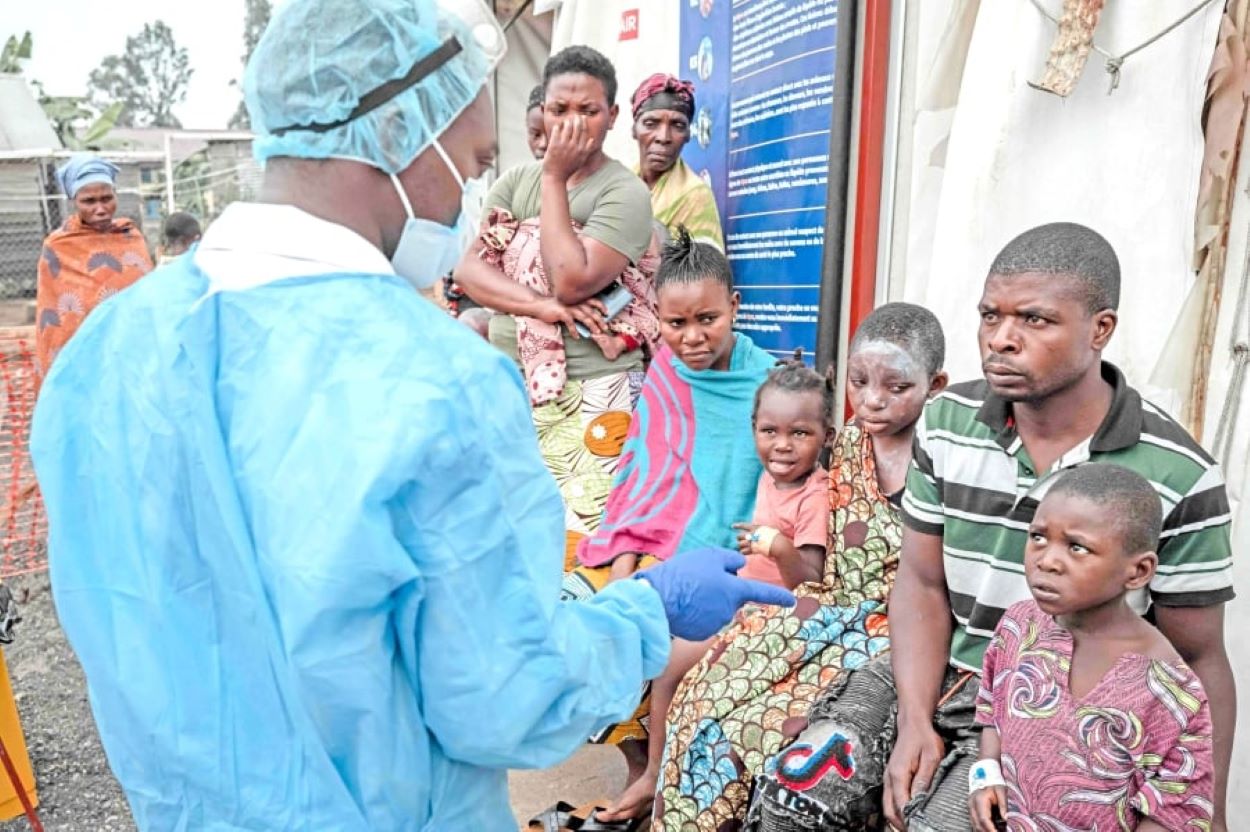The World Health Organization (WHO) announced that a suspected Marburg virus outbreak in Tanzania’s Kagera region has resulted in eight deaths, with the risk of further spread deemed “high” nationally and regionally.
The WHO alerted its member states about the outbreak on Monday. According to WHO Director-General Tedros Adhanom Ghebreyesus, via social media platform X, there are currently nine cases, including eight fatalities. He anticipates more cases as surveillance improves.
The WHO has extended full support to Tanzania and the impacted communities. This announcement follows the closure of a three-month Marburg outbreak in neighbouring Rwanda, which resulted in 15 deaths.
Marburg virus causes severe hemorrhagic fever and is transmitted from fruit bats, sharing a viral family with Ebola. With a mortality rate of up to 90%, the disease symptoms include bleeding and organ failure.
The Kagera region’s first encounter with Marburg was in March 2023, which lasted nearly two months and involved nine cases with six deaths. The region’s fruit bat population continues to pose a zoonotic threat.
The WHO cites several factors for the high national risk, including the unknown outbreak source, geographic spread across two districts, and delayed case detection and isolation. The regional risk is also high due to Kagera’s role as a transit hub with extensive cross-border movement.
Some suspected cases are near international borders, raising concerns about the potential spread to neighbouring countries. Tedros advised neighbouring nations to stay alert and prepared but recommended against travel or trade restrictions with Tanzania.
Marburg virus, which typically requires direct contact with the body fluids of symptomatic patients, presents a low global risk. There’s no evidence of international spread yet, but the WHO emphasizes the importance of enhanced global surveillance.






